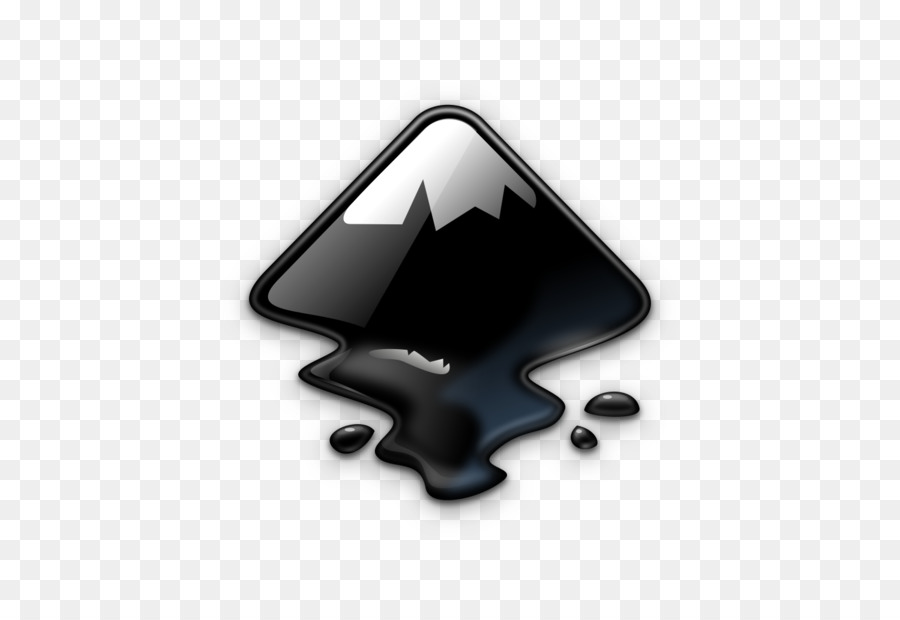

This isn't really a raster graphics editor - LibreOffice Draw is technically a vector editor, but it resembles Impress/PowerPoint more than Inkscape. Paint's copy/paste is identical to Paint.NET's, but without transparency. If you're using Paint.NET, you should just use Inkscape's PNG export. Gradient fills are treated as no fill, but transparency and line stroke styles/widths are preserved. Paint.NET can import Inkscape's clipboard data through copy/paste, but the line stroke is not antialiased (making for a vintage '90s mspaint look), and shapes that have a fill color but are not completed have a line drawn from start to end, which can mess up the image. If you're using SAI, just use Inkscape's PNG export option. SAI can't import Inkscape objects or SVG files either. You'll need to use another program to do it, so you might as well export it to PNG with Inkscape.

Photoshop can't open or import SVG graphics directly. Then again, if you're using Inkscape, why do you need Illustrator? Using Copy/Paste, the only problem I had was Illustrator not showing gradient fills, and when I used File>Open on an Inkscape SVG file, even that worked. Illustrator is a vector graphics editor, so it makes sense that you can import from Inkscape.

You also have the option of importing paths from the SVG file. When you open an SVG file, GIMP will ask for the resolution to render the image at. GIMP can also open SVG files, but it can't save them. This import will keep the proper aspect ratio, gradients are preserved, and the image will be rendered just like it id in Inkscape. To import as a bitmap, use Edit>Paste as>New Layer in the GIMP window. The path will be stretched to fill the whole canvas, but you can scale it with the Scale tool (set it to work on paths rather than layers or selections by clicking the third button after "Transform:" in the tool options panel.) The path import isn't perfect - a couple objects are sometimes left out (usually straight lines.) To import as a path, simply copy the objects in Inkscape and paste into a GIMP project. GIMP can import copied Inkscape objects a a path or as a bitmap. Here is a two-page PDF document that shows my results: /ar… I've tested several graphics programs with how they can handle Inkscape's clipboard data and SVG files. But sometimes, there's a faster way to do it - a few programs can paste copied data from Inkscape. This also keeps the transparency, line thinkness/stroke, and other aspects of the image intact. Any decent graphics editor should be able to open PNG files. The most universal way to import your Inkscape work to another program is, of course, File>Export Bitmap. Have you ever needed to export your work from Inkscape into a bitmap editor, such as Photoshop or GIMP? Maybe you needed to include some vector work in a larger bitmap image, or maybe you just wanted to touch it up a little.


 0 kommentar(er)
0 kommentar(er)
